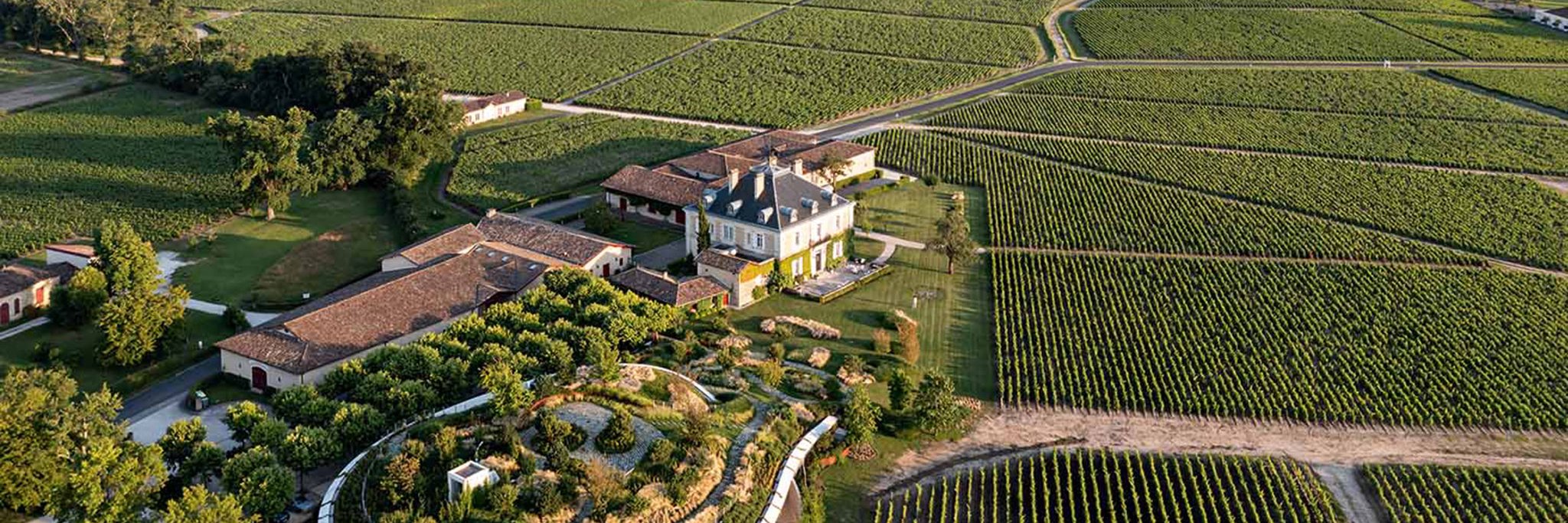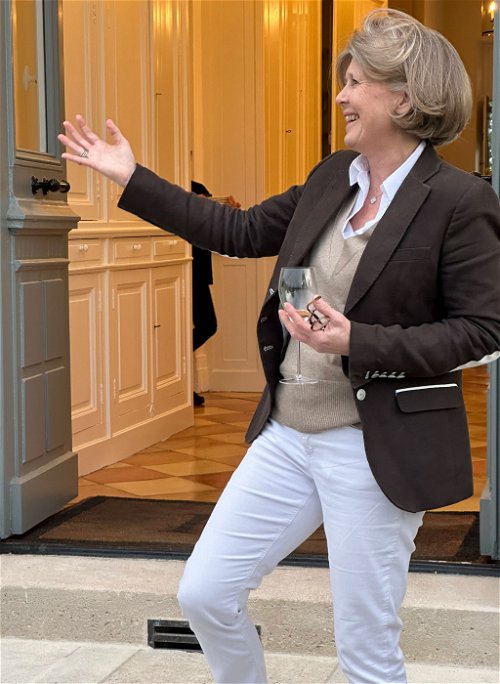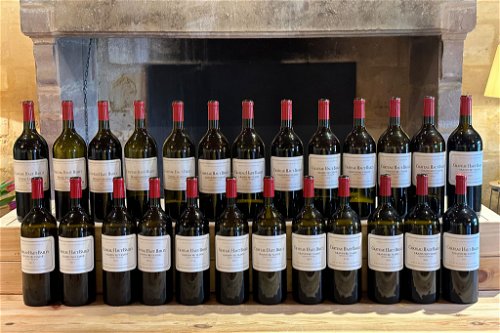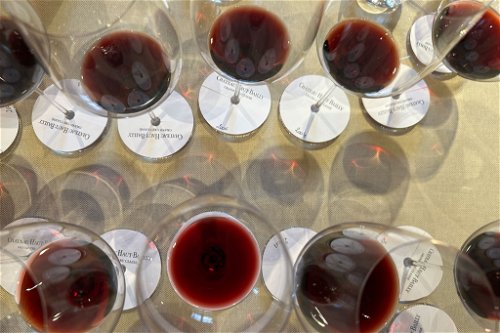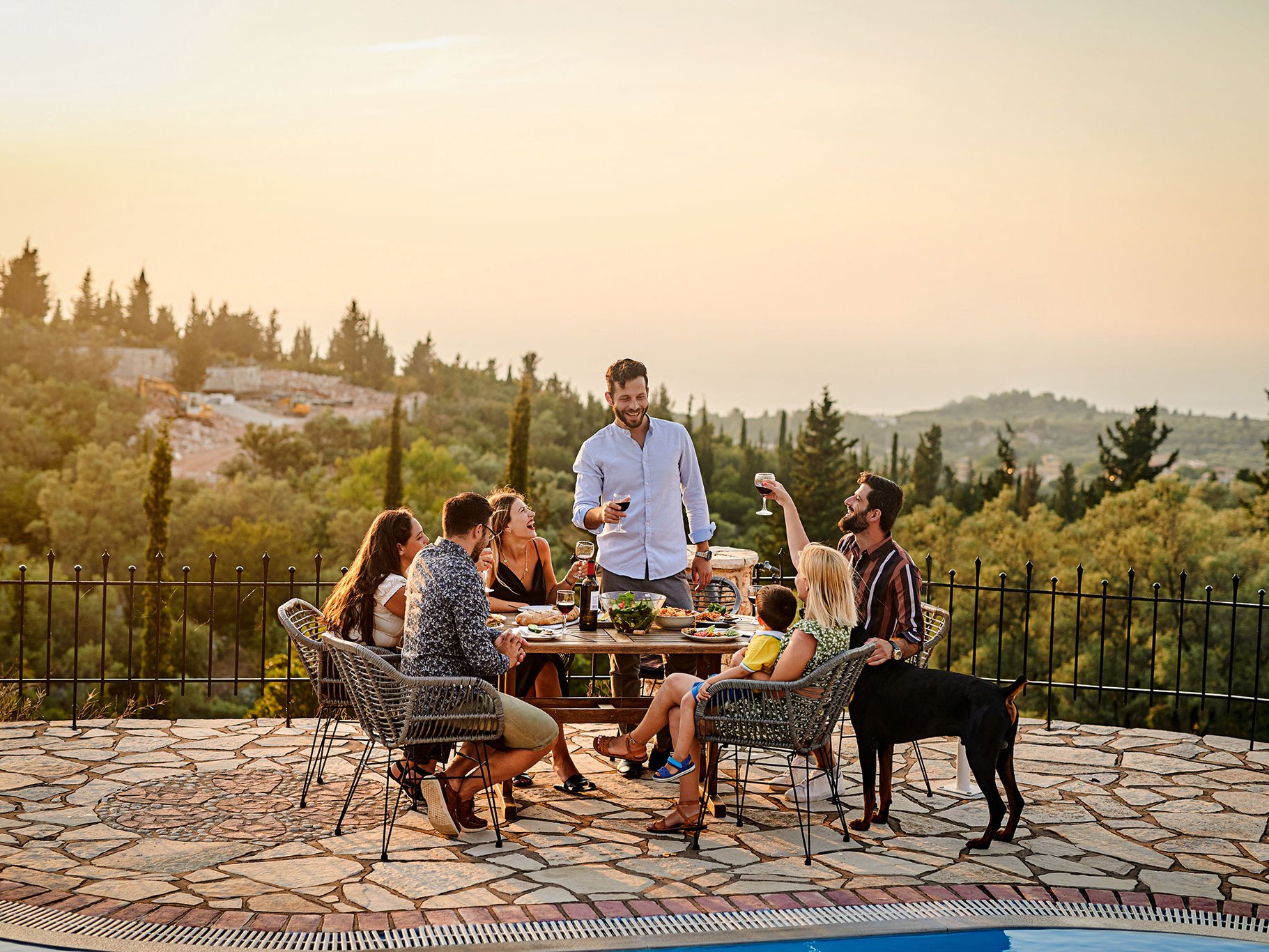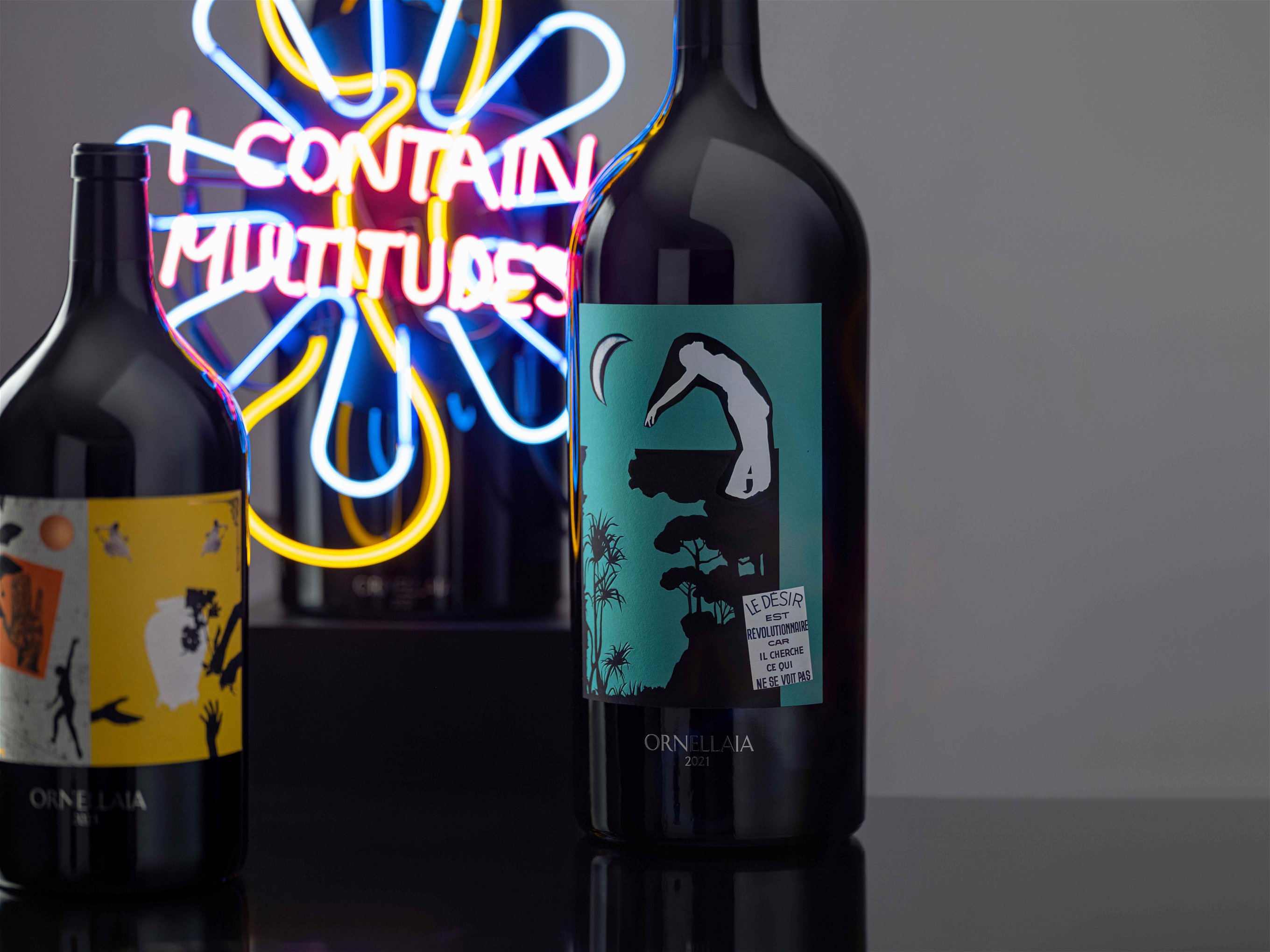Château Haut-Bailly: people like it in Magnum
Velvety, elegant and inviting, the Château Haut-Bailly red is one of the best growths from Pessac-Léognan in Bordeaux. Falstaff was present at a memorable tasting of wines from the last 25 years at the estate - a unique experience that Falstaff is only too happy to share with readers.
Château Haut-Bailly was already one of the most esteemed Bordeaux wines in the second half of the 19th century and was mentioned in the same breath as the Premiers Grands Crus from the Médoc. The term "outstanding" is the one most often used to describe the quality of this wine from Pessac-Léognan, located just outside the city of Bordeaux. The château stands on one of the highest elevations in the region in the middle of a single vineyard block covering 30 hectares and has done so for over 400 years now. On sandy, gravelly soils, 60% of the vines that grow here are Cabernet Sauvignon, plus 34% Merlot and 3% each of Petit Verdot and Cabernet Franc; a good quarter of the vines are a hundred years old. A special feature: Haut-Bailly is the only Grand Cru Classé in Pessac-Léognan that does not produce white wine. The average annual production is about 80,000 bottles.
At the end of 2020, the new winery built next to the château, which is completely covered in greenery and integrated into the landscape, was put into operation. This new building was planned to respond optimally to the challenges of climate change. From cold rooms to a variety of different temperature-controlled barrel rooms, which allow each sub-parcel to be vinified separately, to an underground maturation cellar, cellar master Gabriel Vialard now has the best technical possibilities at his disposal to bring this unique terroir to the bottles.
Let's take a look at the chequered history of Haut-Bailly. Around 1630, the Parisian banker Firmin Le Bailly acquired the vineyard from a Basque family, and it is to this owner that the name of the vineyard refers. In the early classification by Willam Franck, which took place in 1845, the quality of Haut-Bailly was already honoured. In 1872, the famous viticulturist Alcide de Bellot acquired the estate and gave the wine a reputation that extended far beyond the borders of Bordeaux. The phylloxera put an unpleasant end to this first flight of fancy - the 1878 was considered the best wine of the vintage - and later owners contributed less to the estate's fame. The real turning point came with the sale to the Belgian wine merchant Daniel Sanders in 1955, who restored Haut-Bailly's quality and reputation. Although Sanders was known for his meticulous control, there was a noticeable decline in quality towards the end of Sanders' life in the 1970s. Not least because he was reluctant to put management in the hands of his son Jean, who could only begin to make a fresh start after his father's passing in 1980. He sought support in the person of the legendary oenologist Émile Peynaud and thus laid the foundation for the lasting renaissance of this gifted terroir.
In 1998, the American banker Robert G. Wilmers, who died in 2017, bought the winery, and the family still owns Haut-Bailly today. In order to continue the estate's successful course, Wilmers entrusted the management to Véronique Sanders, the granddaughter of Daniel Sanders - an absolute stroke of luck, as we can easily see today after 25 years of her work. Véronique has long since become the charming face of Haut-Bailly on the international stage, where she is not infrequently seen at the side of her husband Alexander Van Beek, who for his part is the well-known director of Château Giscours. Because of her family history alone, it is a matter of the heart for Véronique to make the best possible wine here, and everything is done to achieve this by a dedicated team starting from the vineyard to the cellar. Today, Axel Marchal from the Institute of Vines and Viticulture in Bordeaux acts as winemaking consultant, following in the footsteps of greats such as Émile Peynaud, Pascal Ribéreau-Gayon and Denis Dubordieu.
On her 25th anniversary as president and general manager of Château Haut-Bailly, Véronique Sanders invited a small group of experts to Bordeaux to join them in a vertical tasting of the wines from her period of responsibility. Starting with the 1998 vintage, all 25 vintages were tasted from magnums, a tasting that, according to the winery, had never taken place before. This unique tasting became a true demonstration of what Haut-Bailly has to offer wine lovers. This red wine has a subtle, always harmonious style that combines complexity with finesse, where substance, structure and ripe, supporting tannins dominate, and a juicy aroma promises the purest elegance. The large proportion of old vines gives the Haut-Bailly that certain something and the full-bodied wine always has a very good freshness as well as power.
TASTING NOTES
The barrel sample of the latest vintage, the 25th under the direction of Véronique Sanders was awarded 97 Falstaff points.

Deep dark ruby, purple reflections, subtle ochre lightening on the rim. Delicate notes of candied violets, liquorice, dark cherry fruit, a hint of tangerine zest, a touch of herbal savouriness and fine oak. Depth and elegance, ripe cherries, good fruit, a hint of chocolate, balanced and long lasting. Certain ageing potential.
All 24 wines of the legendary Magnum tasting from 1998 to 2021 can be found here:
